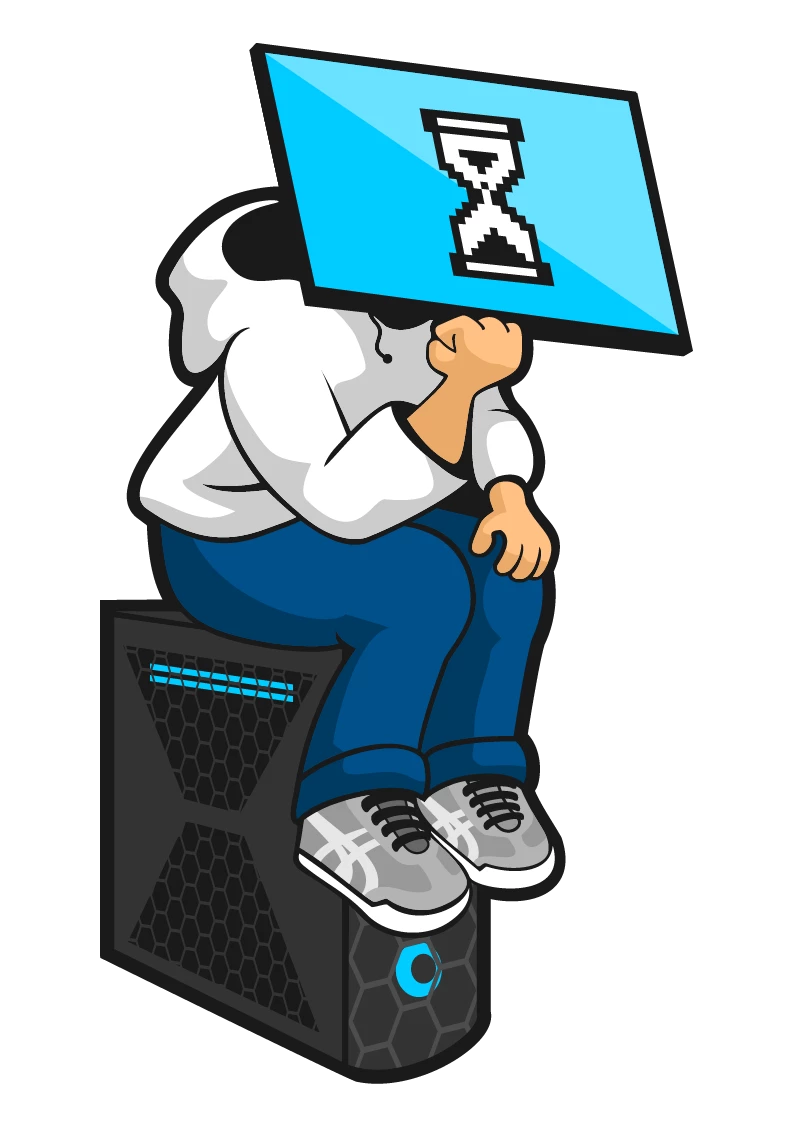When setting up a new office, or upgrading your current one, it’s important to get the right computer hardware for the job. Not sure what you need? Don’t worry – we’ve got you covered! In this guide, you’ll understand everything you need to know about choosing the right PC towers, monitors, keyboards, servers and more. So whether you’re looking for a top-of-the-line gaming rig or just a basic workstation, read on for some key recommendations.
If you’re responsible for running an office, you’ll understand how vital computing is for keeping everything running efficiently. There are many reasons why you might need to get new computing equipment in. You might be setting up a new office or new location, which means you need to fit it out from scratch. Perhaps your current office grew and expanded in an ad hoc way, and now you need to make everything a little more standardized and effective. Or your current equipment might just be a little old and tired, holding your company back from achieving the next level of success.
Whatever the backstory is, here’s your guide to setting up the right computer hardware for your office environment.
Map Out Your Needs
The first step is to create a plan. This will involve mapping out the different types of tasks that need to be done, so you know exactly which type of hardware you need for each job. Some computers will be used by a single user, while others might need to be shared between multiple people. You’ll also need to decide what you want in terms of software, storage and backup solutions. By making a plan for each individual task, you can then source the right hardware for each job.
Plan The Cabling And Storage
Getting the cabling and storage right is key for any office setup. You’ll need to make sure all your data and equipment are connected up properly, and that you have a good backup system in place. Consider the number of plugs and outlets needed around the office, as well as cable length required for each device. This is particularly important if you’re setting up a large number of computers, as well as any peripheral devices such as printers or scanners. Make sure you have enough storage capacity for everything that needs to be saved, and consider an external hard drive or cloud-based solution if necessary. You may need to hire the services of an electrician or a structured cabling services company if the infrastructure in your office needs to improve before you get in your new computers.
Choose the Right Tower
The center of your office’s computing system is its tower. This is the main computer unit, where all the processing power lies. Depending on your needs, you’ll want to choose either a desktop tower or a laptop. Desktops are usually much more powerful and reliable, although they do take up more space. Laptops have the advantage of being portable and compact. They’re also often cheaper. So if you need to keep costs down, laptops are a great choice.
Choose the Right Monitor
Once you’ve chosen the main tower, you’ll need to decide on a monitor. Monitors come in all shapes and sizes, but for office use you’ll want something that’s good quality, reliable and reasonably sized. If you’re going for a desktop tower, you’ll want to match it with a decent-sized monitor. Generally speaking, a screen size of 20-27 inches is suitable for office use. You’ll also want to look for monitors that offer good resolution, adjustable angles and a wide range of port options.
Choose the Right Keyboard
The keyboard is one of the most important pieces of hardware for an office computer setup. Make sure to select a comfortable keyboard that’s easy to type on and navigate accurately with minimal mistakes. You may want to invest in a wireless or ergonomic keyboard to ensure your employees stay comfortable and productive. You may also want to consider buying separate keyboards for each workstation, so that employees can personalize their workspace if needed.
Choose the Right Mouse
In addition to a good keyboard, you’ll also need an accurate and comfortable mouse. Optical mice are a great choice for office use, as they don’t require a mouse pad and usually track more accurately than other types of mouse. Wireless mice are also a popular choice, as they offer the convenience of not having to deal with cables. Just make sure you have enough USB ports for every computer.
Choose the Right Printer and Scanner
You’ll also need to select a printer and scanner for your office setup. A good all-in-one printer and scanner will save you time and money, as it can handle both tasks with one device. Look for printers that offer high-resolution printing and scanning, as well as good color accuracy. Consider the types of files you’ll be printing and scanning, and make sure the printer can handle them. You may also want to invest in a photocopier if you’re planning on doing large runs of documents.
Choose the Right Network and Software
Finally, you’ll need to choose the right network and software for your office setup. This will include both hardware and software components, such as routers, switches, firewalls and antivirus programs. Make sure you have a secure and reliable network with enough capacity to meet the needs of your office. You’ll also need to invest in the right software, such as accounting and project management programs. Choosing the right software can be tricky, so make sure you do your research before making a purchase.
Conclusion
Setting up an office computer system can be a daunting task. But with the right hardware and software, you can create an efficient and productive workspace for your staff. Start by selecting the right tower, monitor, keyboard, mouse and printer/scanner for your office. Then you can move onto setting up the network and software. Following these steps will help you create the perfect office computer system.


